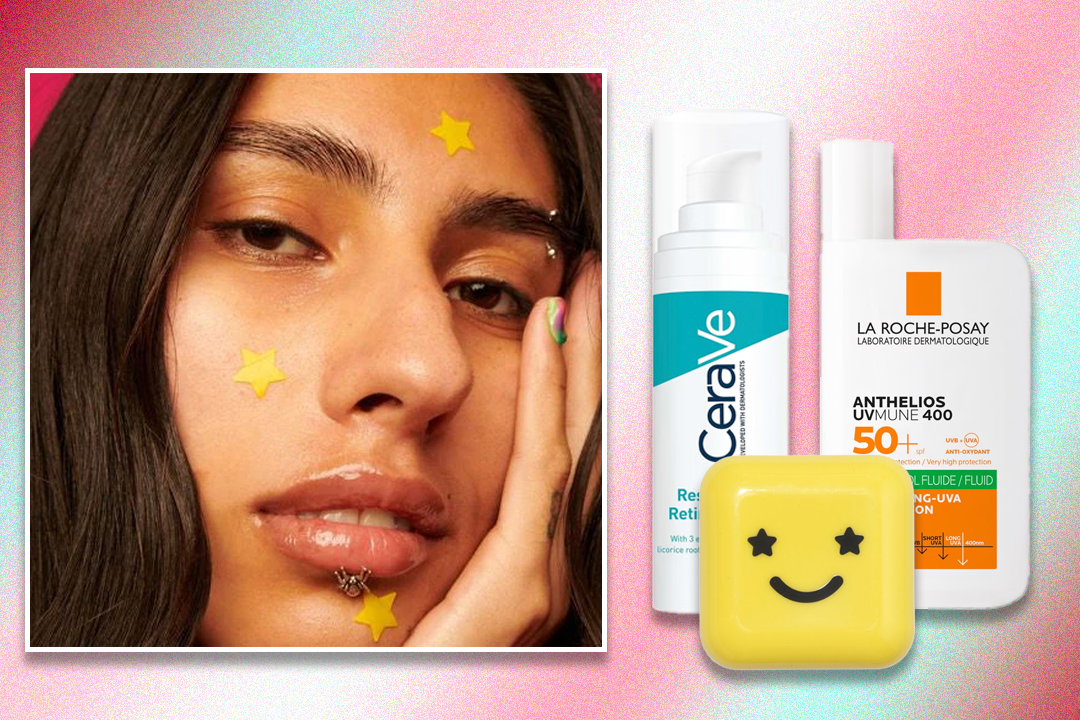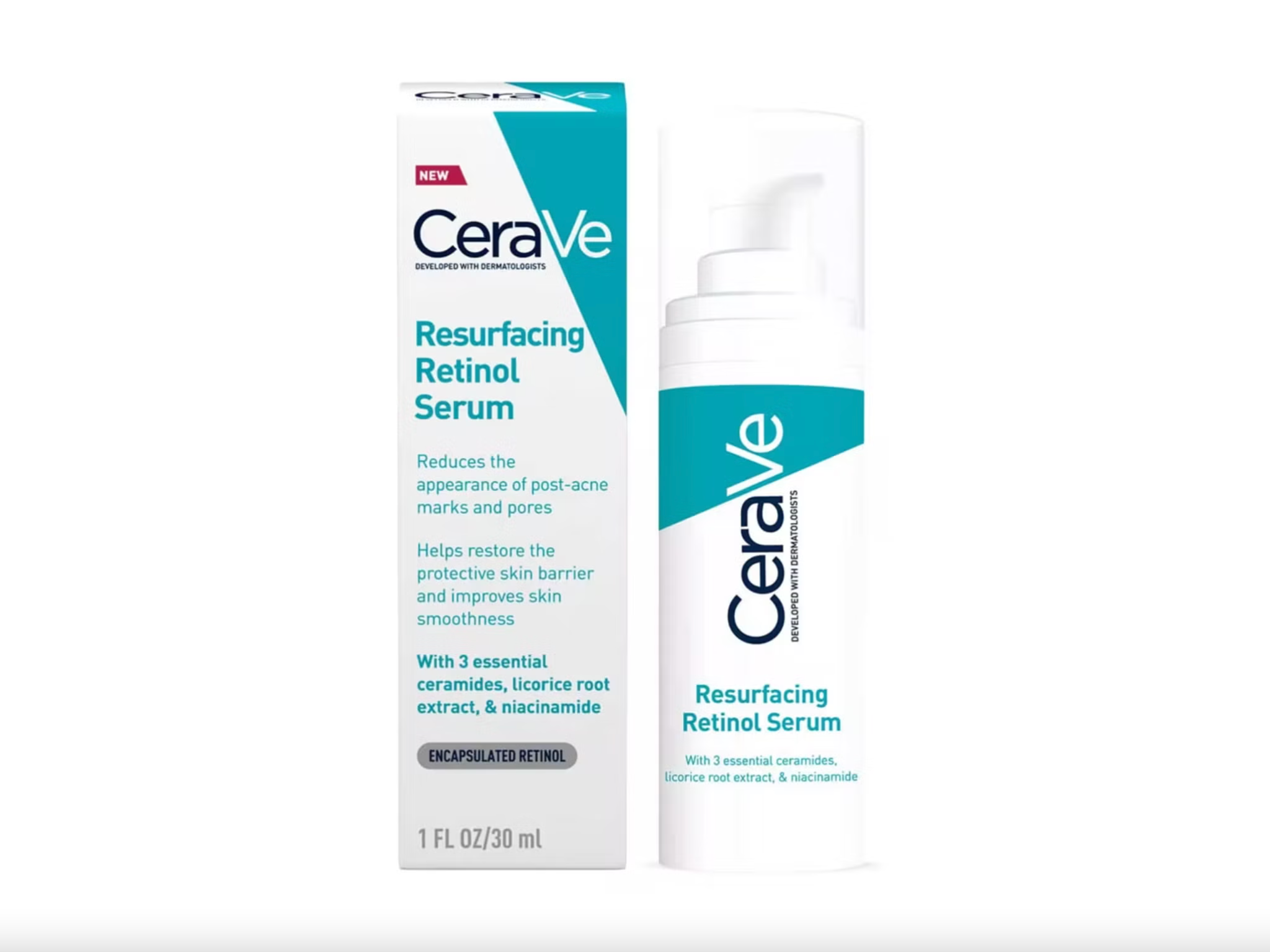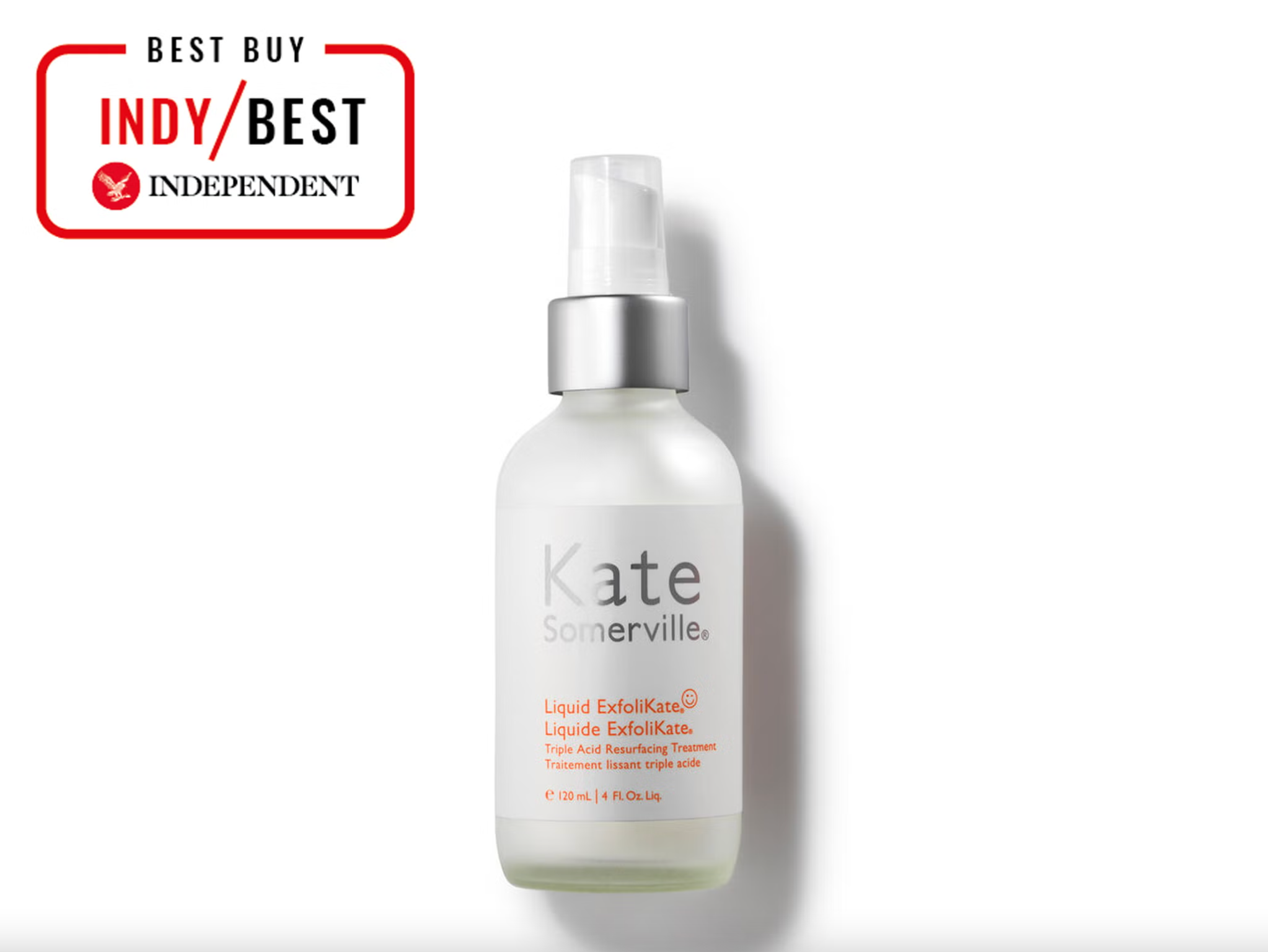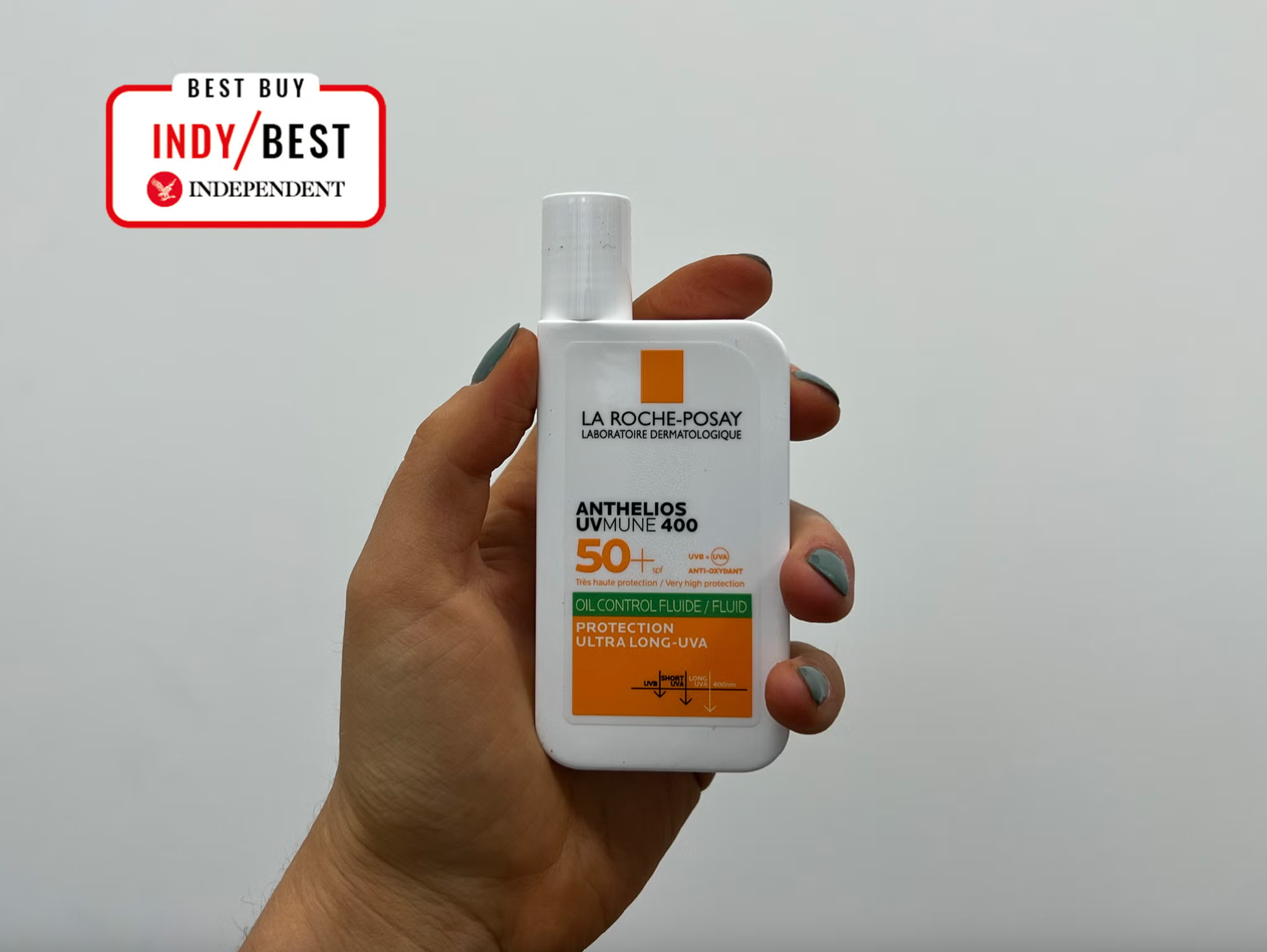The Independent's journalism is supported by our readers. When you purchase through links on our site, we may earn commission. Why trust us?
How to get rid of acne scarring, according to dermatologists
This is your expert-led guide to understanding the causes behind scarring and how to treat it within your skincare routine

Your support helps us to tell the story
From reproductive rights to climate change to Big Tech, The Independent is on the ground when the story is developing. Whether it's investigating the financials of Elon Musk's pro-Trump PAC or producing our latest documentary, 'The A Word', which shines a light on the American women fighting for reproductive rights, we know how important it is to parse out the facts from the messaging.
At such a critical moment in US history, we need reporters on the ground. Your donation allows us to keep sending journalists to speak to both sides of the story.
The Independent is trusted by Americans across the entire political spectrum. And unlike many other quality news outlets, we choose not to lock Americans out of our reporting and analysis with paywalls. We believe quality journalism should be available to everyone, paid for by those who can afford it.
Your support makes all the difference.If you’ve ever struggled with acne, you’ll know that spots can sometimes leave their mark long after the initial inflammation is gone. Scarring can present as raised, bumpy texture, pigmentation and indents, and in the most severe cases, can be permanent.
However, for some types of acne scarring, there are some specific ingredients which can help reduce the appearance of lesions, and typically, if you can avoid the temptation of picking and squeezing at your spot, you can reduce trauma to the skin, and thus decrease the likelihood of scars emerging.
In order to bring you an in-depth guide into how scarring happens, what you can do to get rid of it, and the ingredients within your routine that can soothe skin, we’ve enlisted the help of Dr Stefanie Williams, cosmetic dermatologist and medical director of Eudelo Dermatology and Dr Aiza Jamil, consultant dermatologist and medical director of sk:n clinics.
What causes acne scarring?
“Acne scarring is damage caused to the skin as a result of an inflammatory reaction to acne such as nodules, cysts, papules or pustules happening deep in the skin dermis”, says Dr Williams. “It occurs as an intense inflammatory response to ruptured acne lesions, coupled with collagen damage and abnormal healing. There is also a genetic element to it – some patients don’t scar even after deep acne cysts, while others can scar from even moderate papules and pustules.”
Dr Williams advises that picking or squeezing acne lesions can further increase inflammation, which can increase the risk of scarring. One of the most effective ways we’ve found to avoid picking at spots is to apply a hydrocolloid patch, which draws out fluid, stops bacteria from getting in and prevents you from touching your face.
In our guide to the best spot treatments, we loved the Starface hydro-stars pimple patches + compact (£12.99, Spacenk.com). Cute and colourful, they get to work in a matter of hours.

“Starface recommends you leave them on for six hours – we wore one overnight as well as during the day working from home. In each pod there are 32 stars, so you’ll always have a plentiful supply, and they’re so weightless you’ll forget you’re wearing them,” our tester said.
How can you get rid of acne scarring?
According to Dr Williams, scarring in the form of dents and textural changes in the skin’s surface, cannot be fixed with over-the-counter skincare. “Only in-clinic treatments such as Exokine-Needling or laser treatments can realistically achieve significant improvements of real acne scarring,” she advises.
That’s not to say there aren’t some steps you can take within your skincare routine to support the treatment of scarring and prevent it from occurring in the first place.
“The best supportive acne scarring topicals are retinoids, as they can help remodel and regenerate the skin and soften depressed acne scars. Ideally, this would be a prescription-strength retinoid such as tretinoin, however, if that’s not feasible, then a potent over-the-counter retinoid mix can be a good alternative,” she says.
More importantly, if you are keen to treat scarring, Dr Williams strongly advises that active acne is cleared up first, as not doing this, can further fuel scarring. If you’re not sure where to start with your skincare routine for active acne, read our dermatologist-led guide to the best skincare products for acne.
Dr Jamil also recommends using chemical exfoliants in your day-to-day skincare routine to unclog pores, which is a leading cause of acne, as well as retinol which will exfoliate the skin, increase cell turnover and generally reduce the visibility of scarring.
“Similarly, alpha hydroxy acids (AHAs) and beta hydroxy acids (BHAs) both help to exfoliate the skin. AHAs also increase cell turnover while BHAs penetrate the skin for a deeper exfoliation. Both ultimately help reduce scarring on the skin. AHAs and BHAs work well together, but if you are looking to incorporate retinol into your routine as well it is best to rotate between them to prevent skin becoming dry and irritated,” she explains.
What are the best products to treat acne scarring?
The experts we spoke to both recommended using retinol to reduce the visibility of scars and soften them. In our guide to the best retinol creams and serums, the CeraVe resurfacing retinol serum with ceramides and niacinamide (£23, Lookfantastic.com) was our beauty writer’s top pick for sensitive skin types, but its budget price tag is just as appealing.

“The formula is lightweight, absorbs quickly and contains encapsulated retinol alongside liquorice root extract”, noted our writer. The product is “designed to help reduce the look of any scarring left behind by acne, but it also helps brighten the skin. Alongside being suitable for sensitive skin, it would also be a great entry point into retinol for anybody new to the ingredient or curious about it,” our tester added.
Dr Jamil also recommended AHAs and one of the most common types is glycolic acid, which sloughs off dead skin cells to deliver a brighter, radiant complexion. It’s one of the main ingredients in the Kate Somerville liquid exfolikate triple acid resurfacing treatment (£58, Spacenk.com), which took home the took the top spot in our review of the best exfoliating toners.

“Considering its 10 per cent acid blend – glycolic, malic and lactic – and exfoliating fruit enzymes including papaya and pineapple, you’d expect this to be quite an aggressive exfoliant. But while it’s highly effective in smoothing rough texture, improving the appearance of pores by clearing out build-up, and generally yielding glowy, clear skin, it’s also very gentle, thanks in part to the inclusion of honey in the formula,” revealed our tester.
Lastly, Dr Jamil recommends wearing SPF daily. If you’re not already, she says doing so “will help prevent the scars darkening and becoming more prominent”.
Our beauty experts have put plenty to the test in our lengthy review of the best sunscreens for your face, and taking the coveted top spot was the La Roche-Posay anthelios UVmune 400 oil control fluid (£20, Lookfantastic.com).

Not only does it reduce shine, but its fluid texture is fast-absorbing and non-greasy, all while providing UVA, UVB and long UVA protection.
“Incredibly easy to apply, the thin neck tube dispenses just the right amount to cover every area of the face, and the lightweight lotion instantly absorbs into the skin. Reducing shine, we found you’ll still get a fresh-faced glow minus any sticky or oily sensation, and it keeps you safe from the sun no matter how strong,” said our beauty expert.
Voucher codes
For the latest offers on make-up and more, try the links below:
If you’re looking to treat acne-prone skin, take a look at our guide to the best skincare products for acne, according to dermatologists